
 |
Home | Overall References | Contact |
Trek 8000m Mountains
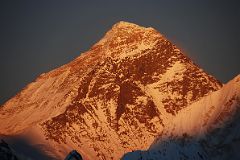
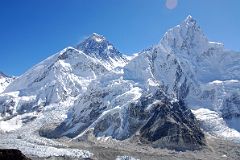

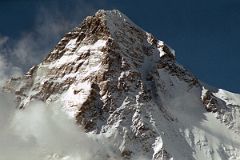
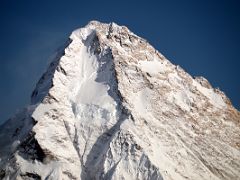
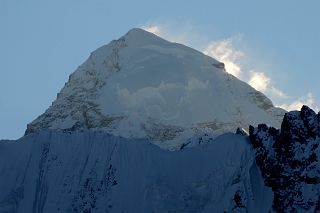
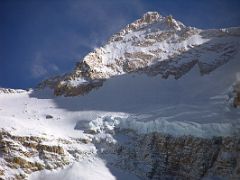
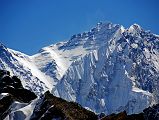
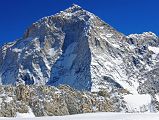
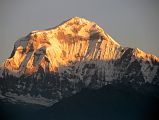
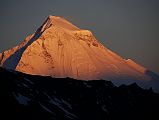
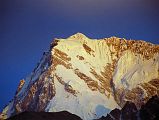
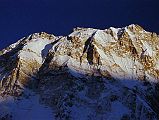
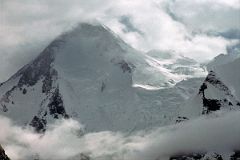
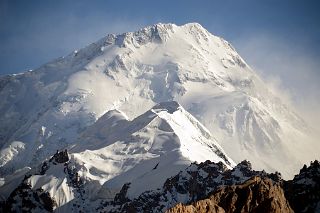
![Click to enlarge -
Close up of the Broad Peak Central Summit and the Broad Peak Main Summit just after sunrise from Concordia.
The first ascent of Broad Peak was completed by Marcus Schmuck, Fritz Wintersteller, Kurt Diemberger, and Hermann Buhl on June 9, 1957. This extremely small expedition marked a major step forward in the development of Himalayan climbing. Diemberger: ‘[Buhl's] plan was that from base camp onwards there would only be climbers on the mountain; they would do everything, load-carrying, establishment of camps and, finally, the assault on the summit. And it was all to be done without the use of oxygen.’ Diemberger reached the summit just as Marcus Schmuck and Fritz Wintersteller started their descent. As Diemberger was descending from the summit he met Buhl still ascending. ‘Slowly, with all that incredible strength of his will, he started to move, very slowly, upwards. ... Two men were standing on a peak, still breathing heavily from the ascent, their limbs weary - but they did not notice it; for the all-enveloping glory of the sun's low light had encompassed them too. Deeper and deeper grew the colours. ... No dream-picture, this. It was real enough, and it happened on the 26,404-foot summit of Broad Peak.’ – Summits And Secrets by Kurt Diemberger.
Close up of the Broad Peak Central Summit and the Broad Peak Main Summit just after sunrise from Concordia.
The first ascent of Broad Peak was completed by Marcus Schmuck, Fritz Wintersteller, Kurt Diemberger, and Hermann Buhl on June 9, 1957. This extremely small expedition marked a major step forward in the development of Himalayan climbing. Diemberger: ‘[Buhl's] plan was that from base camp onwards there would only be climbers on the mountain; they would do everything, load-carrying, establishment of camps and, finally, the assault on the summit. And it was all to be done without the use of oxygen.’ Diemberger reached the summit just as Marcus Schmuck and Fritz Wintersteller started their descent. As Diemberger was descending from the summit he met Buhl still ascending. ‘Slowly, with all that incredible strength of his will, he started to move, very slowly, upwards. ... Two men were standing on a peak, still breathing heavily from the ascent, their limbs weary - but they did not notice it; for the all-enveloping glory of the sun's low light had encompassed them too. Deeper and deeper grew the colours. ... No dream-picture, this. It was real enough, and it happened on the 26,404-foot summit of Broad Peak.’ – Summits And Secrets by Kurt Diemberger.](Broad Peak/Best/thumbs/31 Broad Peak Central Summit And Main Summit Just After Sunrise From Concordia.jpg)
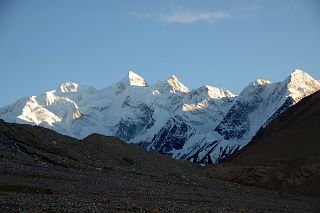
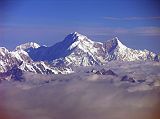
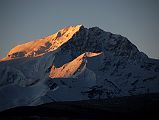
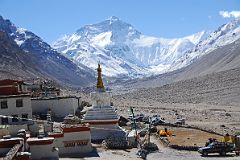
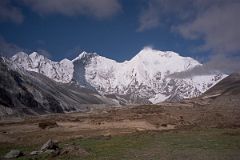
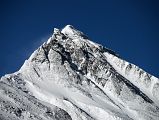
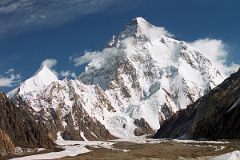
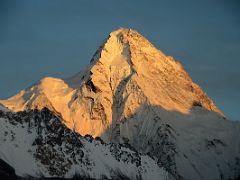

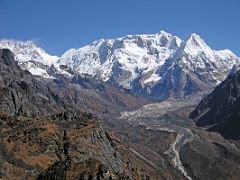
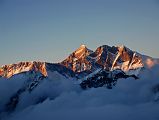
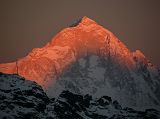
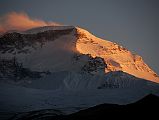
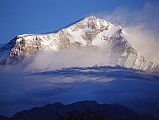
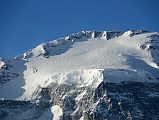
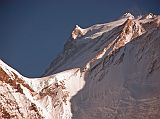
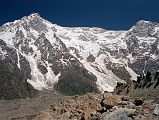
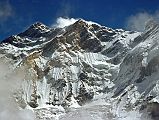
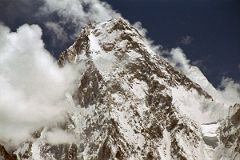
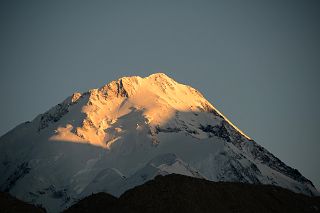
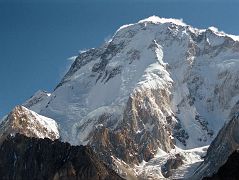
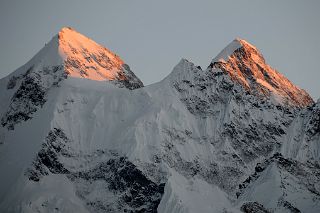
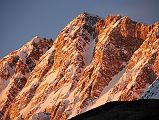
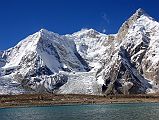
Climb Mountains
Climb Mount Vinson, Antarctica
Trek Other Mountains
Gauri Shankar and Menlungtse, Nepal
Cotopaxi and Chimborazo, Ecuador
Mounts Assiniboine and Robson, Canada
Travel - Nepal and Tibet
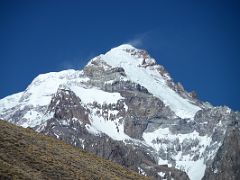
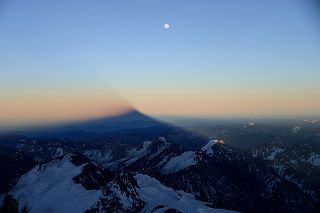
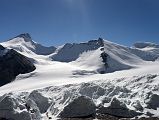
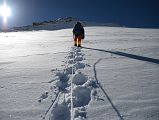
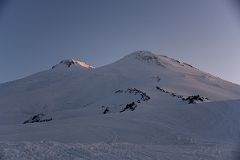
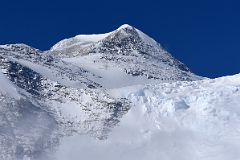
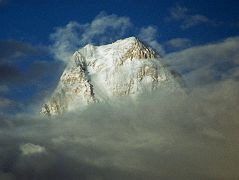
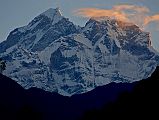
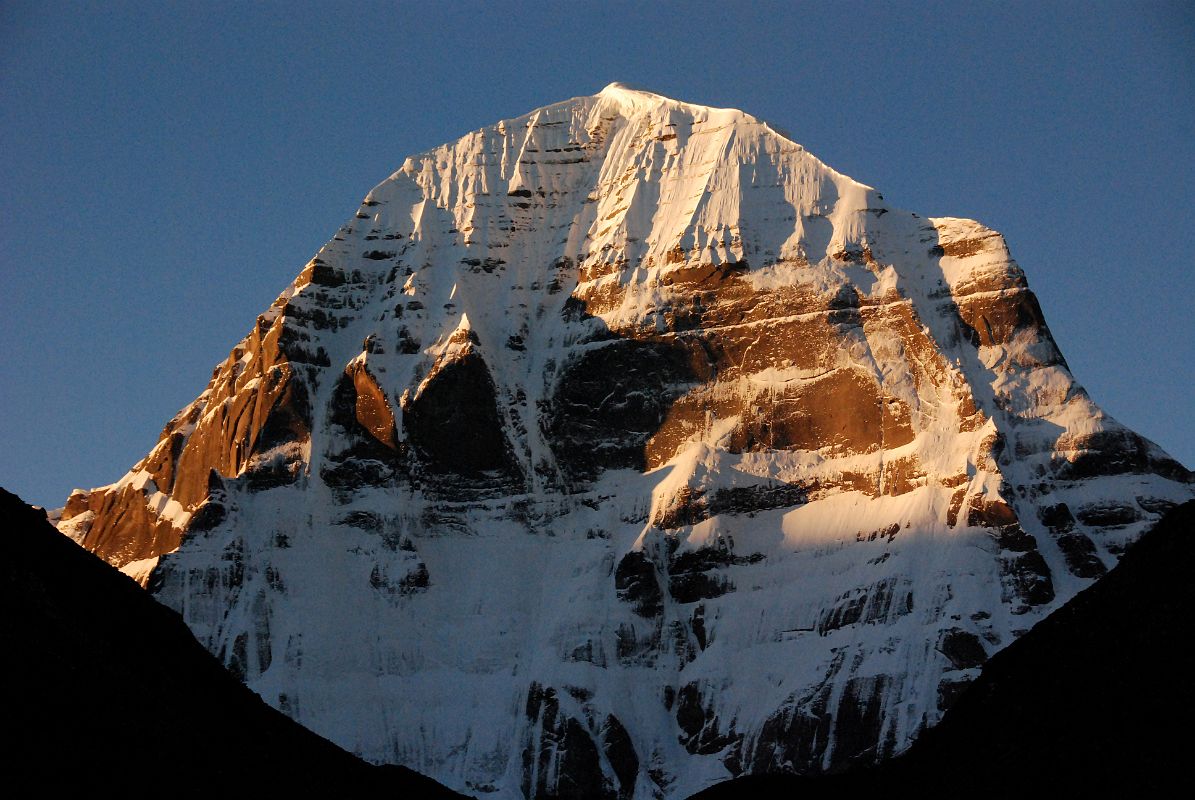
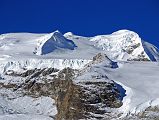

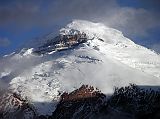
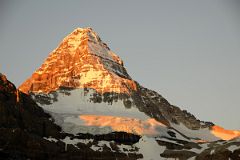
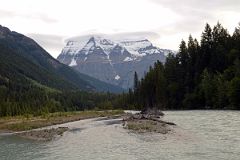
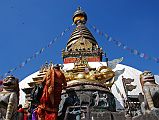
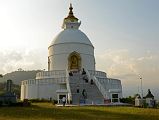

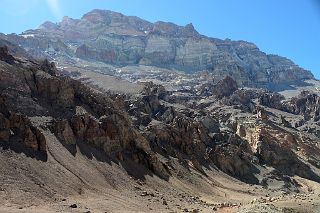
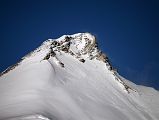
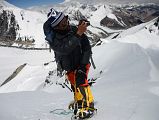
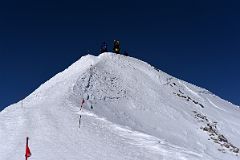
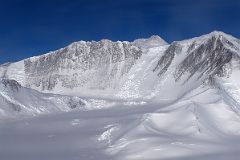
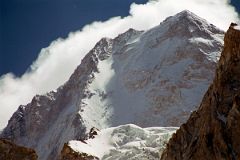
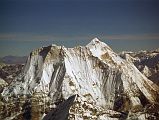
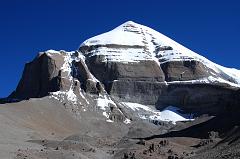
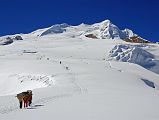
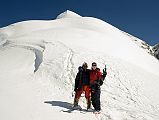

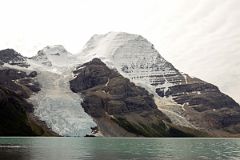
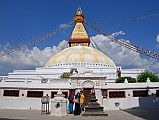
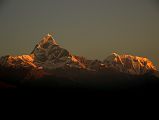
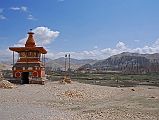
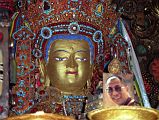
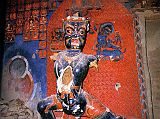
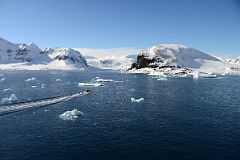
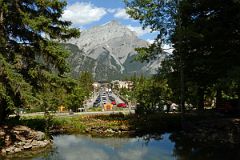
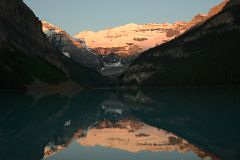

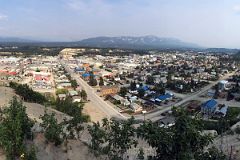
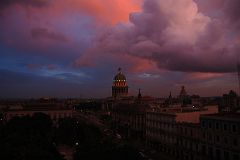
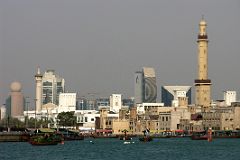
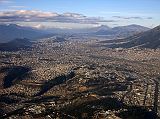
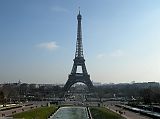
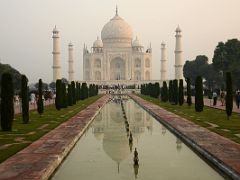
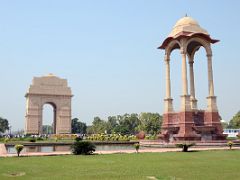
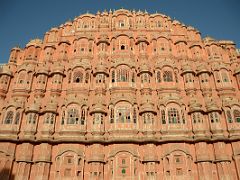
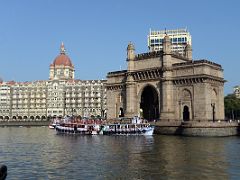
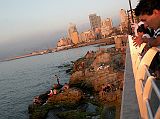
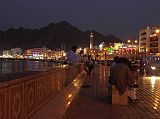
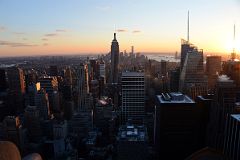
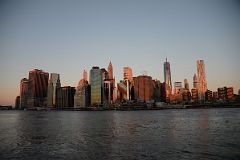

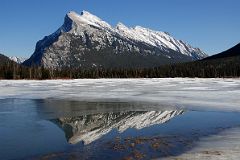
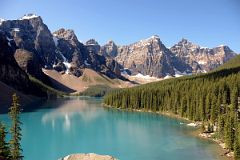
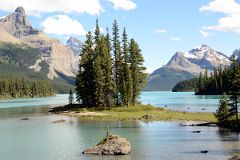
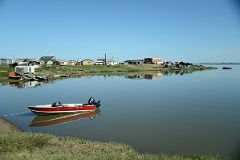

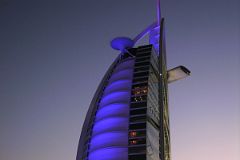
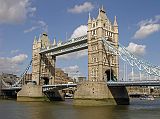
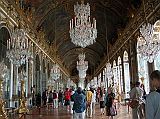
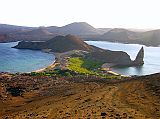
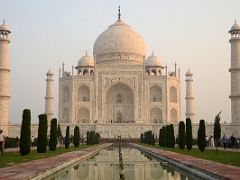
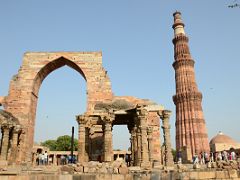
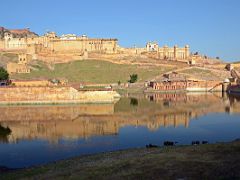
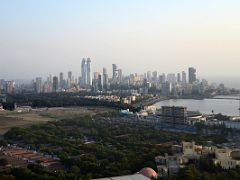

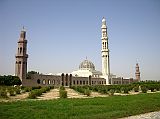
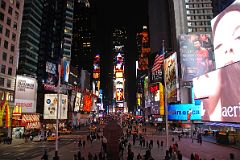
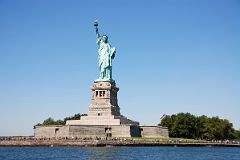
Updated: January 2022. Click on an image to see the FULL size with a caption.
My name is Jerome Ryan and I am an amateur photographer who loves to trek in the mountains; or as I like to say, "I climb to the bottom of the mountains". I also like to travel around the world.
For the first 17 years of my life, I only traveled less than 100km from my hometown. I started dreaming of what was over the next hill, and that fascination is still with me today. Give me a hill, and I have to climb to the top to see what's on the other side.
My wife Charlotte Ryan and my son Peter Ryan travel with me a lot of the time, but usually not on the treks. They did trek over the Dolma La (5636m) on the Mount Kailash kora in 2006.
Although I had traveled in the mountains over the years, my keen interest started in 1996 when I read the September 1996 Outside magazine "The Story On Everest" article by Jon Krakauer. Over a few months period, I kept going back to the article, especially admiring the beautiful colour photographs, like the Balcony and the Hillary Step and summit ridge. I was hooked.
Trekking in the Nepal mountains and Tibet over the years has led me to an appreciation of their local culture, especially Tibetan Buddhism. From my travels through Europe, I've grown to love art and sculpture.
Photos may be used freely for personal non-commercial use. Have fun travelling on my web pages.
1. Click on an entry on the two navigation bars at the left. This will bring you to the main menu of each area.
2. The main menu gives a brief overview of the area, my favourite memories of the area, and another navigation bar on the left.
3. Click on that navigation bar to see the photos. If there are lots of photos, I've grouped them into chapters. I've also included references I used for my treks and trips, such as guide books, books, website extwernal links and DVDs and videos.